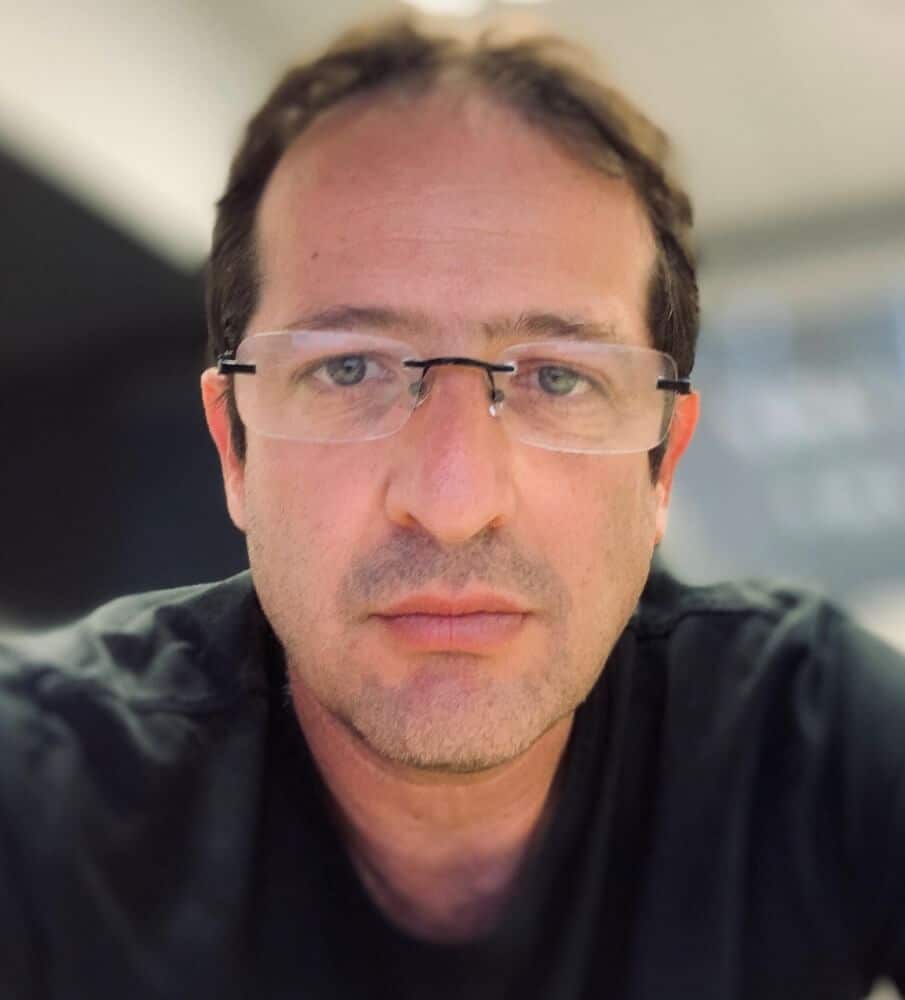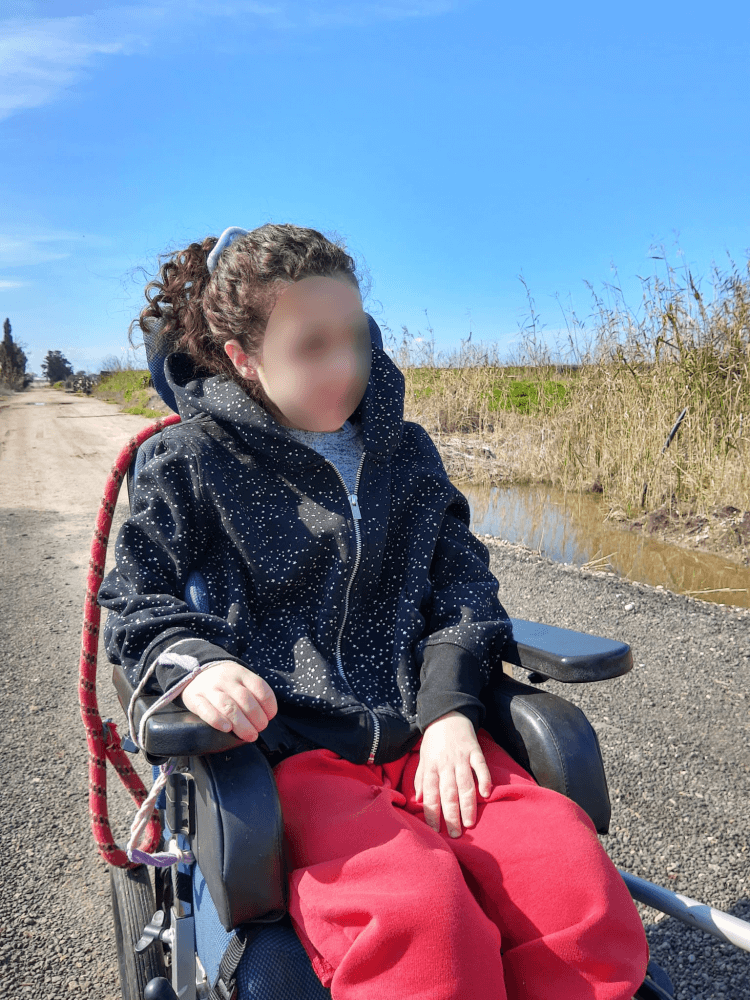Researchers at the Hebrew University discovered through a new method that there are 30 drugs on the market that have the potential to find a cure for rheumatism, one of the rare and severe diseases that exists today that mainly affects girls. In a study published in "eLife", the researchers show how the recent genomic revolution can change the rules of the game in identifying drugs for incurable genetic diseases

Orphan diseases are rare and often incurable diseases, but despite the low prevalence of each disease, together the thousands of rare diseases affect hundreds of thousands of people in Israel alone. Despite this, the very small number of patients with each disease often prevents drug companies from investing the resources to research and develop drugs for them. A possible solution to the problem is a review of the existing drugs and the identification of those that can possibly also treat orphan diseases (a group of rare diseases, which affect about XNUMX percent of the population). Over the years, drugs that were intended for one use turned out to be useful for another use, such as aspirin, a drug that was intended for headache and is today widely used to thin the blood. Such use saves the development costs of a new drug and the treatment can be available to patients in a short time. However, when it comes to orphan diseases, it is difficult to gather enough subjects for clinical studies, so it is necessary to carefully choose which drugs out of the thousands of drugs on the market today have the highest chance of benefiting patients.

In a new study published in the scientific magazine "eLife", a group of researchers developed a three-step process designed to rank existing drugs according to their chance of benefiting an orphan disease. The research was led by doctoral student Erin Unterman, under the direction of Dr. Yuval Tabah and Prof. Ben Berman from the Hebrew University. The new process makes it possible to quickly reach a damaged protein that causes the disease, to a short list of drugs that have the potential to cure or reduce the symptoms of the disease. In the first step, the proteins that cause the disease are mapped by an algorithm that scans the genetic code of hundreds of animals. This is an algorithm developed in Dr. Tabah's laboratory and has already succeeded in finding new proteins related to breast cancer and other diseases. In the second stage, thousands of drugs are scanned through computational analysis, and which drugs affect the proteins and can change the course of the disease are identified. In a similar analysis, the researchers identified drugs that can affect the corona disease, neuropathic pain, and how the active substances of the cannabis plant affect. In the third and longest stage, the effect of the drugs on the progression of the disease is tested in a laboratory experiment.
The study focused on Rett syndrome, and was conducted in collaboration with Prof. Baruria Ben-Zev, pediatric neurologist and director of the National Heart Clinic from Sheba Hospital and with Prof. Chaya Brody from Bar Ilan University who researches nerve cells and rare diseases. According to the Association for Rett Syndrome - Angels of Silence, Rett Syndrome is a developmental neurological disease caused by a genetic mutation that mainly affects girls. The syndrome manifests itself in the loss of motor abilities, the ability to speak, the development of epilepsy, scoliosis, bone loss, digestive and breathing problems, and essentially multi-system damage. Their inability to speak (even though they understand everything) gave them the name "angels of silence". In Israel, there are currently 192 girls and women diagnosed with Rett syndrome, and two boys. In 2021, ten girls were diagnosed (as of October 2021). The incidence of the disease is about 1 in 10,000 births of girls. Therefore, the patient rate stands at 468 patients as of 2020, that is, 276 girls and women suffer from Rett syndrome but are not diagnosed.
Moreover, in more than 90% of cases the syndrome is caused by various mutations in the MECP2 gene located on the X chromosome. The fact that the mechanism of action of the damaged protein is still not completely understood by the worlds of medicine and science presents a challenge for researchers trying to find a drug that will restore it to normal function.
Unterman and the group of researchers sought to implement and improve the process to try to find existing drugs that could affect Rett syndrome. The researchers mapped the network of proteins associated with the disease. To do this, they looked at the genetic code of hundreds of creatures and looked for which proteins in humans underwent a similar development path to the protein that causes Rett syndrome. The genomic revolution makes it possible to make such huge comparisons, which a few years ago could not have been imagined. They found dozens of other proteins that could be related to the syndrome.
In the second step, they checked which of the additional proteins are affected by drugs. For this they used large databases. The researchers found that there are 30 drugs on the market that have the potential to benefit Rt patients. Of these, in the third phase, three drugs were tested in the brain cell system of different types with the damage typical of Rett syndrome. All three drugs were able to make the diseased cells behave more like healthy cells at the molecular level.
In order to achieve clinical use of the drugs found for Rett syndrome, their effect still needs to be tested in additional experiments, but the current study is proof that it is possible to reach from one damaged protein to a short list of drugs that may benefit the disease relatively quickly and with limited resources. The combination of computational methods and huge data will make it possible to greatly shorten the time from understanding the genetic basis of a disease to finding a cure. Now Dr. Tabah's laboratory is expanding the process and testing it on hundreds of families with rare genetic diseases. The researchers are hopeful that the drugs they tested will be able to alleviate the symptoms of the disease a little.
Sigal Hertz Tirosh, CEO of the association for Rett Syndrome - Angels of Silence: "We work day and night to promote and finance research to find a cure for Rett Syndrome. We are more optimistic today than ever about the future of our daughters, sisters, granddaughters and friends who are dealing with Rett syndrome. Today's research - tomorrow's cure".
